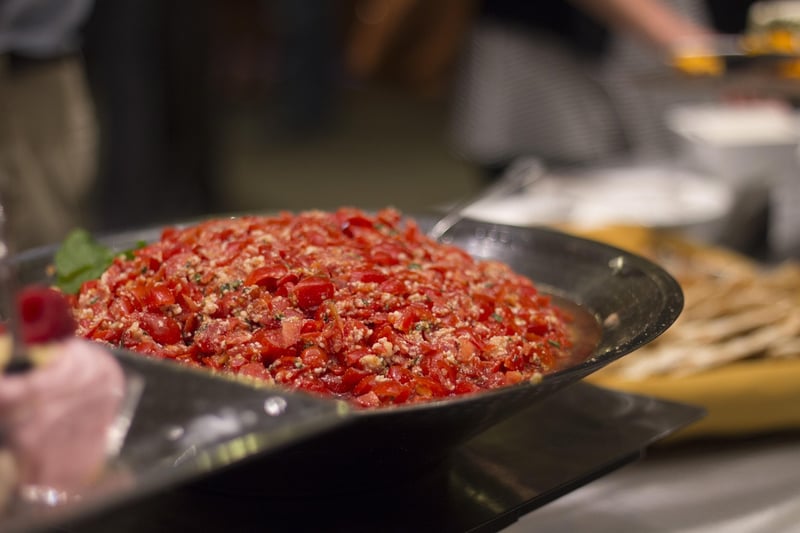Salsa
The Art of Expressive Movement: Exploring Salsa Dance
Salsa dance, with its infectious rhythms and passionate movements, is not just a form of dance but a way of expressing oneself through movement. Combining elements of Afro-Cuban and Latin dances, salsa is known for its energy, sensuality, and improvisational nature.
The History of Salsa Dance
Originating in the Caribbean, specifically Cuba and Puerto Rico, salsa dance has evolved over the years, incorporating influences from various cultures such as African, Spanish, and indigenous Taino. It gained popularity in the United States in the 1960s and has since spread worldwide, becoming a beloved dance form in clubs, social events, and competitions.
Key Elements of Salsa
Salsa is characterized by its quick footwork, intricate partner patterns, and rhythmic hip movements. The dance is usually performed to music with a tempo of 150-250 beats per minute, allowing for dynamic spins, turns, and syncopated steps.
- Sensual Body Movements
- Precision Footwork
- Dynamic Partner Connections
- Emotional Expression
Benefits of Salsa Dancing
Besides being a fun and social activity, salsa dancing offers numerous health benefits, including improved cardiovascular fitness, increased flexibility, and enhanced coordination. It also serves as a great stress reliever and a way to boost self-confidence and creativity.
Get Started with Salsa
Whether you're a beginner or an experienced dancer looking to refine your skills, salsa dance classes are a fantastic way to immerse yourself in this vibrant art form. Many dance studios and community centers offer classes for all levels, providing a supportive environment to learn and grow.
Put on your dancing shoes, feel the music, and let the rhythm guide you as you embark on a journey of self-expression through salsa dance!

Explore the world of salsa dance and discover the joy of expressive movement!
For more information on salsa dance classes and events, visit SalsaClasses.com.
